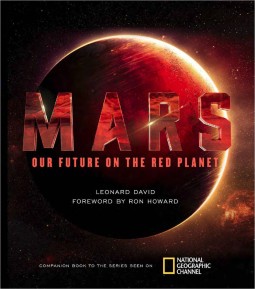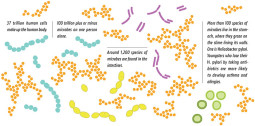 This week on How on Earth, Beth interviews Dr Martin Blaser of New York University who challenges the assumption that antibiotics are harmless drugs targeting only harmful pathogens. In his recent book, Missing Microbes, Blaser presents the evidence that antibiotics are causing the extinction of important bacteria in our microbiome. These microbes have co-evolved with us, so losing them puts us at risk of many of the rising diseases of our society: asthma, allergies, eczema and obesity. Check out his book: https://books.google.com/books/about/Missing_Microbes.html?id=RJucAwAAQBAJ
This week on How on Earth, Beth interviews Dr Martin Blaser of New York University who challenges the assumption that antibiotics are harmless drugs targeting only harmful pathogens. In his recent book, Missing Microbes, Blaser presents the evidence that antibiotics are causing the extinction of important bacteria in our microbiome. These microbes have co-evolved with us, so losing them puts us at risk of many of the rising diseases of our society: asthma, allergies, eczema and obesity. Check out his book: https://books.google.com/books/about/Missing_Microbes.html?id=RJucAwAAQBAJ
Host: Beth Bennett
Producer: Beth Bennett
Engineer: Maeve Conran
Executive Producer: Beth Bennett
Listen to the show:
Podcast: Play in new window | Download (Duration: 25:24 — 23.3MB)
Subscribe: RSS

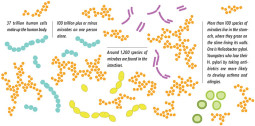



 This week on How on Earth we speak with Simon Melov, a biochemist at the Buck Institute for Aging. Dr Melov studies various aspects of aging in worms, mice and humans. The aging field is replete with new and exciting discoveries and Simon’s work epitomizes that.
This week on How on Earth we speak with Simon Melov, a biochemist at the Buck Institute for Aging. Dr Melov studies various aspects of aging in worms, mice and humans. The aging field is replete with new and exciting discoveries and Simon’s work epitomizes that.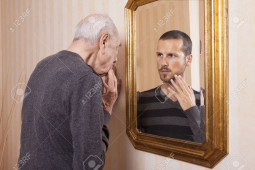
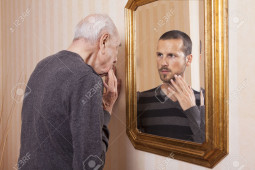


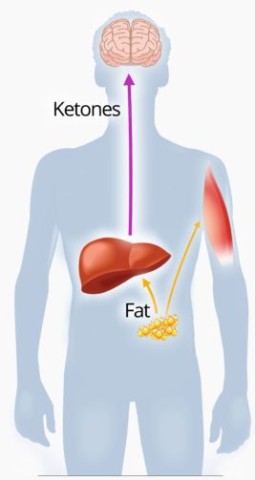
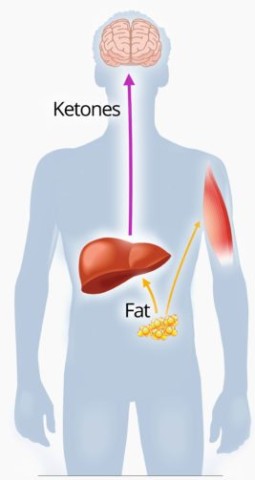 In their upcoming book,
In their upcoming book, 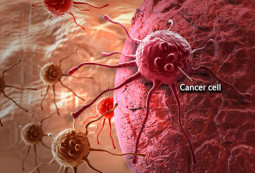
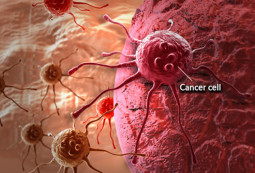
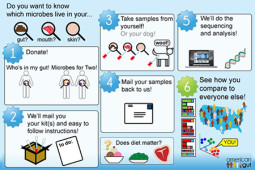
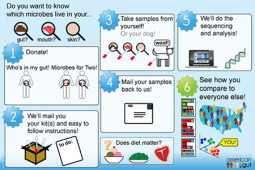 The American Gut project is the largest crowd-sourced project ever: to date, over 80.000 participants have contributed fecal, skin, or oral samples. The ambitious goal is to characterize the microbiota of as many individuals as possible to identify the diverse species living in and on us. Beth interviews Dr Embrietta Hyde, Project Manager of the Gut project about results and progess.
The American Gut project is the largest crowd-sourced project ever: to date, over 80.000 participants have contributed fecal, skin, or oral samples. The ambitious goal is to characterize the microbiota of as many individuals as possible to identify the diverse species living in and on us. Beth interviews Dr Embrietta Hyde, Project Manager of the Gut project about results and progess.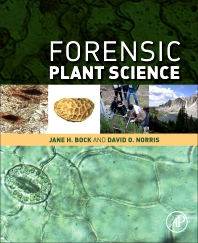
 Beth interviews Drs Jane Bock (starts at 16:35) and David Norris (starts at 7:10), co-authors of
Beth interviews Drs Jane Bock (starts at 16:35) and David Norris (starts at 7:10), co-authors of 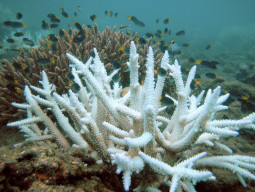
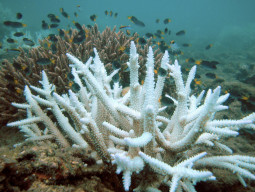 This week on How on Earth Beth interviews two NOAA scientists who study climate change. Joanie Kleypas is a marine ecologist who investigates how rising atmospheric carbon dioxide affects marine ecosystems. She is a self-described optimist who is committed to finding solutions to the “coral reef crisis.” Pieter Tans he has led the Carbon Cycle Greenhouse Gases group at NOAA since 1985. This group has maintained NOAA’s Global Greenhouse Gas Reference Network, producing the most widely used data of atmospheric CO2, CH4, and several other greenhouse gases and supporting measurements.
This week on How on Earth Beth interviews two NOAA scientists who study climate change. Joanie Kleypas is a marine ecologist who investigates how rising atmospheric carbon dioxide affects marine ecosystems. She is a self-described optimist who is committed to finding solutions to the “coral reef crisis.” Pieter Tans he has led the Carbon Cycle Greenhouse Gases group at NOAA since 1985. This group has maintained NOAA’s Global Greenhouse Gas Reference Network, producing the most widely used data of atmospheric CO2, CH4, and several other greenhouse gases and supporting measurements.
